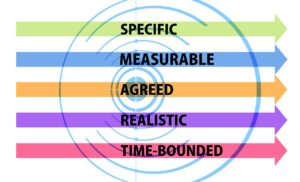
Private Label and the Future of Brands
What is private label branding about? Okay, that image up there may be a bit misleading. We’re not talking about setting up your own private branded clothing line…or we could be. Or could private labels be those aristocratic wines from some exotic vineyard? Okay, let me stop the joking around right there. This is a concept that, though simple, has however too often been misconstrued or mixed up with other terms. Private labeling or private label branding is simply when a retailer pays a 3rd party supplier to make a product for them. Private labels stand side by side, and competes, on the shelves with the traditional brands that the retailer also sells. So, to understand why this topic important, let’s go back to traditional branding.
The lock-down-your-brand model
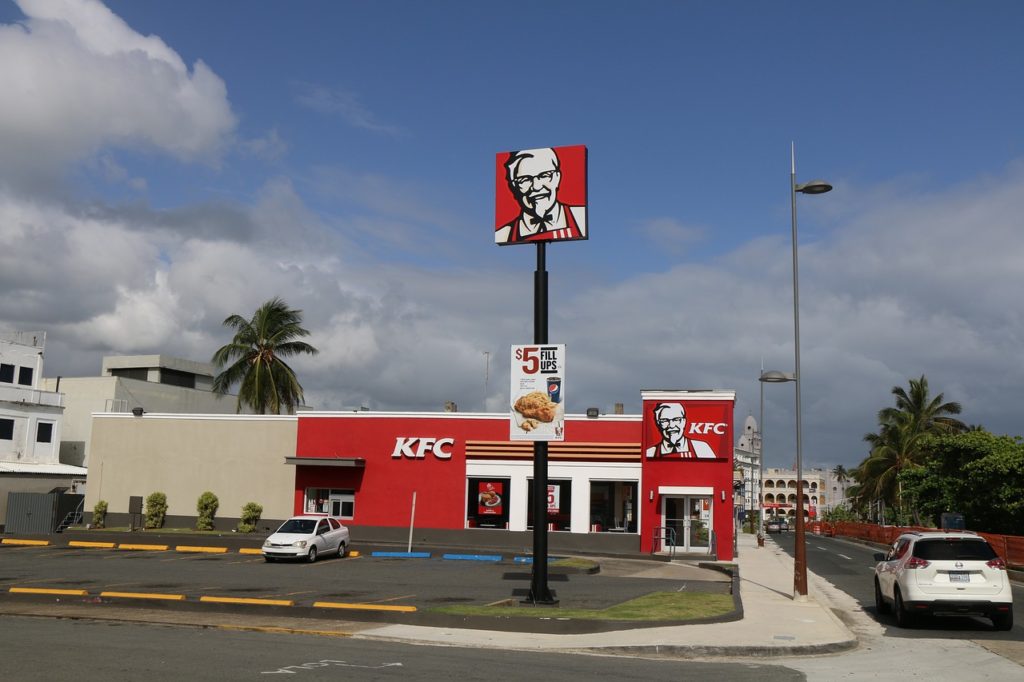
11 secret herbs & spices 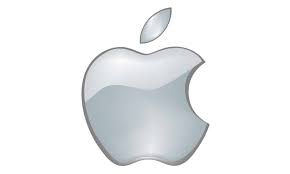
Technology locked tight 
Secret formula secured
I’m not going to get into a dissertation on traditional brand strategy. You can read up on some of that at https://bizlifesmarts.com/brand%20sustainability. What I do want to provide a glimpse of is how these products epitomize the traditional model, where manufacturer brands hold sway in the retail marketplace. On top of these three being some of the strongest brands of all time, I have however chosen them for an additional reason. They have all held a stranglehold on their supply chain from manufacturing to distribution. Once they hand over their products to the retailer, they have had some of the strongest positions on how retailers sell their brands. There were times past when retailers could not sell any competitor product alongside products such as these.
Yes, KFC, Apple and Coca-Cola uphold the gold standard on brand protection, and demonstrate how brand value has traditionally been at the core of a manufacturer’s balance sheet. It used to be a cardinal sin to concede any share of space on the retail aisles. In essence, manufacturers negotiated with retailers and locked this down, as a key part of protecting their brand equity. Of course this is simplified; but this has been the traditional model of branding.
B.PLB. (Before Private Label Branding)

Decades before “Private Label” became the new buzzword, retailers stocked house or store brands of various products. A mother would buy these products as the cheaper alternative to fit her family’s budget. For the retailer, creating house brands on select products, mainly staple items, broadened their customer base. There was however a stigma attached to them, for the very reason that they were cheap (oops… the PC brigade will make me say ‘discount’). As a poor student, I remember that I’d look over my shoulder before buying a house brand; and make sure it was bagged as quickly as possible, before anyone saw me buying it. This 2010 article from cbsnews.com basically gave tips on how to shop for cheaper house brands. https://www.cbsnews.com/news/generic-and-store-brands-vs-brand-names/. And that was the primary purpose and perception of house brands.
I remember the house brand cornflakes being more like cardboard, the ketchup more watery and the baked beans more artificial tasting back then. But that, and a lot more, was about to change. Remember that I had earlier said that manufacturers had negotiated with retailers to protect their brand space in-store? What they did was to make them the gatekeepers between the products on the shelves and consumers. Now, we all know that retail store owners are shrewd businessmen, out to make a buck. So, what did they do? They figured out how to maximise their bottom line. But this is where we get things wrong people. We underestimate the people we are dealing with.
Retailers were shrewder than brand owners

Shrewd Retailers 
Laid back Brand owners
So retailers began to study the mainstream brands they were gatekeeping. They watched which ones moved. They got to know their customers; knew why they bought and didn’t buy. They got to understand the retail psyche of a shopper better than any brand manufacturers ever could. While the brand owners were holding focus groups in their sterile corporate offices, retailers were observing and talking to consumers in-store. Unknown to brand owners, retailers better knew the numbers that matter: what price the consumer is willing to pay for each product, and how to make it fly off the shelves.
The first thing we saw, was retailers raising the quality of house brands, so that the cornflakes weren’t so cardboardy, nor the ketchup so watery. We also saw the more specialist retailers, like pharmacies, responding to consumer price sensitivity. This particularly, is a category where most products have a store brand alternative.
Pharmaceuticals and cosmetics
Pharmaceuticals, even the over-the-counter ones, are what could be called risk-averse products. That means, products with a high personal and emotional cost to them letting the consumer down; because of the need they must meet, for the price paid. One would pay a high price, both monetarily and psychologically, if they replaced their usual brand with the store brand alternative, and it failed to deliver.
However, what manufacturers failed to realise was that this is where the retailer was king; as gatekeeper! So, the way they would convert shoppers on a risk-averse product is this. Pete would see the great price on the store brand, and in his concern about whether it’s of poorer quality than his usual brand, he’d call the store attendant over. ‘Is this greatly priced product the same as my usual brand?’, he’d ask. Gatekeeper store attendant tells him, ‘Yes it is. If you’re not happy with it, you can always return it’. As easy as that, Pete was switched to the store brand. Brand owners should have known something was afoot when pharmacies changed their look.

Pharmacy: traditional medicine shop. 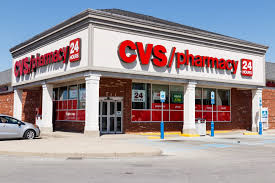
Store-brand led pharmaceuticals
Private label branding: The beginning
Just to recap. Private label branding has now gone through the phases of generic equivalents, store brand products and has now entered the phase of private label branding. What is the difference between store brands and private label brands, you may ask? I pointed out up front that people like to use buzzwords and confuse these terms. Again, to keep it simple, think of it this way. Store brands are when the retailer simply puts their logo on a popular product type, and offers it more affordably. These goods tend to be more of a commodity type, or products with easily sourced ingredients. Not much work required. Private label branding requires more analysis and ingredients review, so that the retailer can create their own equivalent of a profitable, branded product. The retailer, even if they only put their logo on it, will spruce it up to look more like a traditional brand.
Although, as is already evident, I don’t like to rehash the same old theoretical spiel, I guess I do need to address that simple pesky fact of why traditional brands cannot compete on the same footing with house brands. The price of traditional brands must cover R&D, marketing, advertising, distribution and all other overheads, before the product even reaches the retailer. House brands generally only have to cover ingredients sourcing, rent, labour and utilities. House brands thereby, can arrive on-shelf at a fraction of the cost of traditional brands. Okay, done with that piece of housekeeping.
The private-label game plan: bricks-and-mortar retailers
What private label branding entails today, is for retailers to pore over the data and identify the profitable, in-demand goods on their shelves. They can then simply go to any number of suppliers and copy or reverse engineer that product. Yes, they’ll make sure that there’s just a subtle enough difference for them not to get sued, but it will be of comparable quality.
So, here’s the game. Sam’s Supermarket has stocked Mike’s Energy Tonic for years. Sam is supplied Mike’s Energy Tonic at $2.50 a can, and sells it at $5.00 a can. Sam notices that Mike’s Energy Tonic is the main thing customers come in for before work, at midday and after work. ‘Hmmm’ Sam thinks, ‘what’s in this stuff?’. Sam decides to take a can of the stuff over to the pub and micro-brewery, where he meets his friends after work, one of who is the owner. The owner looks over the ingredients and says, ‘sure I can make that stuff for you’. To cut a long story short, Sam’s Supermarket then makes and launches Sam’s Power Juice. He get’s it made and packaged for $0.50 and sells it for $4.00. Sam’s Supermarket private-label energy tonic is born. Sam is making a $2.50 margin on the highly profitable Mike’s Energy Tonic, and an even better $3.50 on Sam’s Power Juice, which is more affordable and not much different in composition and taste.
Private Label branding: The future

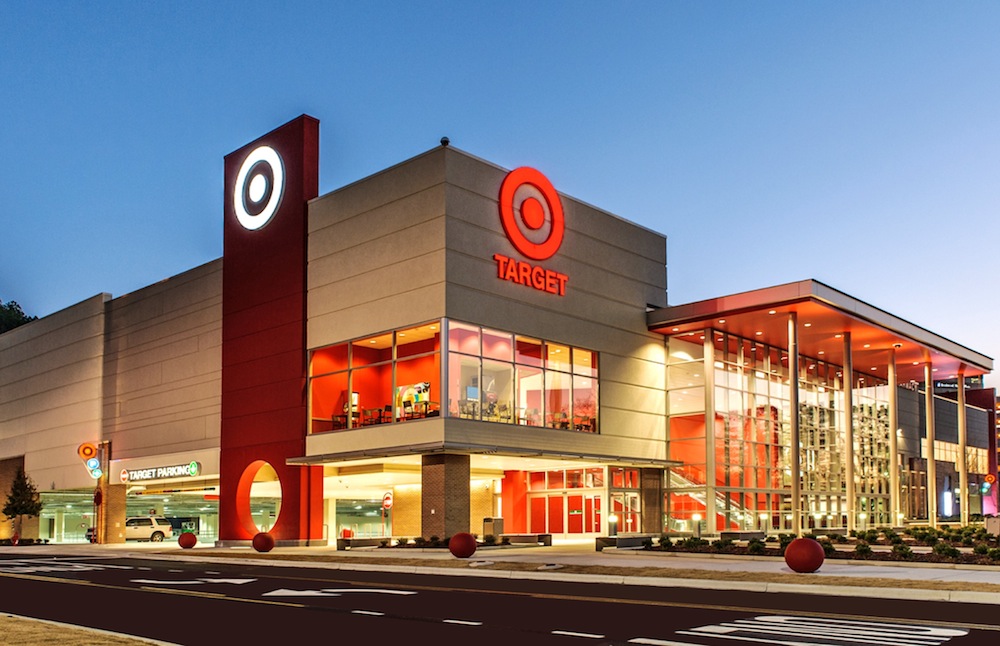
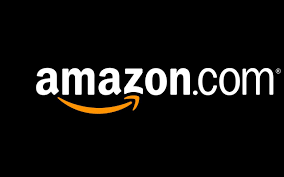
Retail transformed.
According to Nielsen research, in 2019 in the U.S. $17 of every $100 of bricks-and-mortar retail sales are private-label products. https://www.nielsen.com/us/en/insights/article/2019/from-household-to-hygiene-products-private-label-is-upending-the-omnichannel-landscape/. It is similarly about 3% of online sales. Bricks-and-mortar private label products are more in a customer’s face at the point of purchase decision-making, with a greater number of retailers making inroads into the market. Thus, you see retailers from Walmart, to Target, to Whole Foods, to Trader Joe’s with not only their own store logo branded private labels; but they’ve even created private labels that appear to come from an independent supplier.
Target
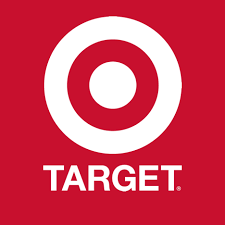
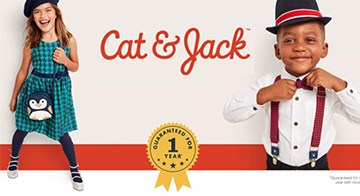
Childwear by Target 
Wines by Target 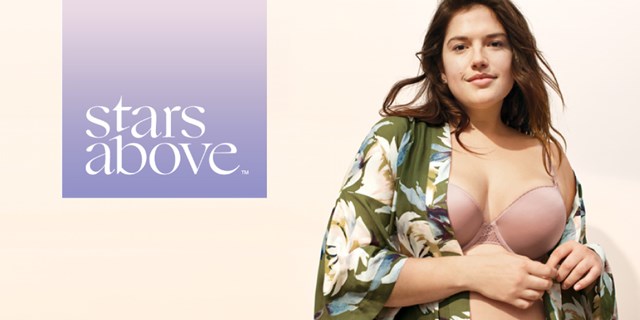
Sleepwear by Target
Target Stores has over 40 private label brands. Now, if you walk into Target looking for clothes for your kids, some wine or some sleepwear, aren’t you more likely to pick one of their well presented, well priced private-labels, than the more expensive product next to it?!
Whole Foods market
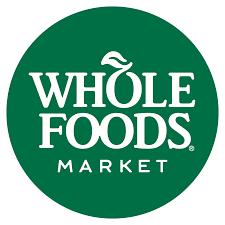
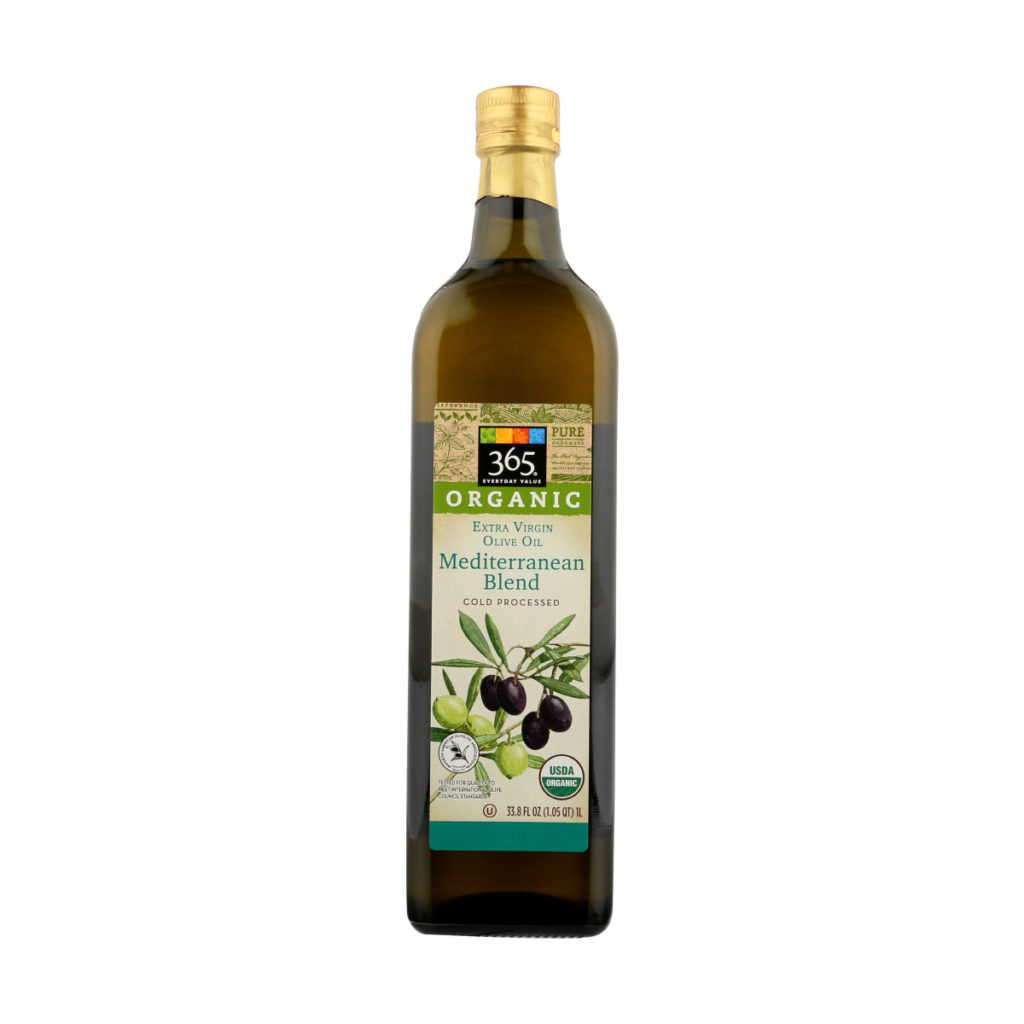
Olive oil from 365 Everyday Value 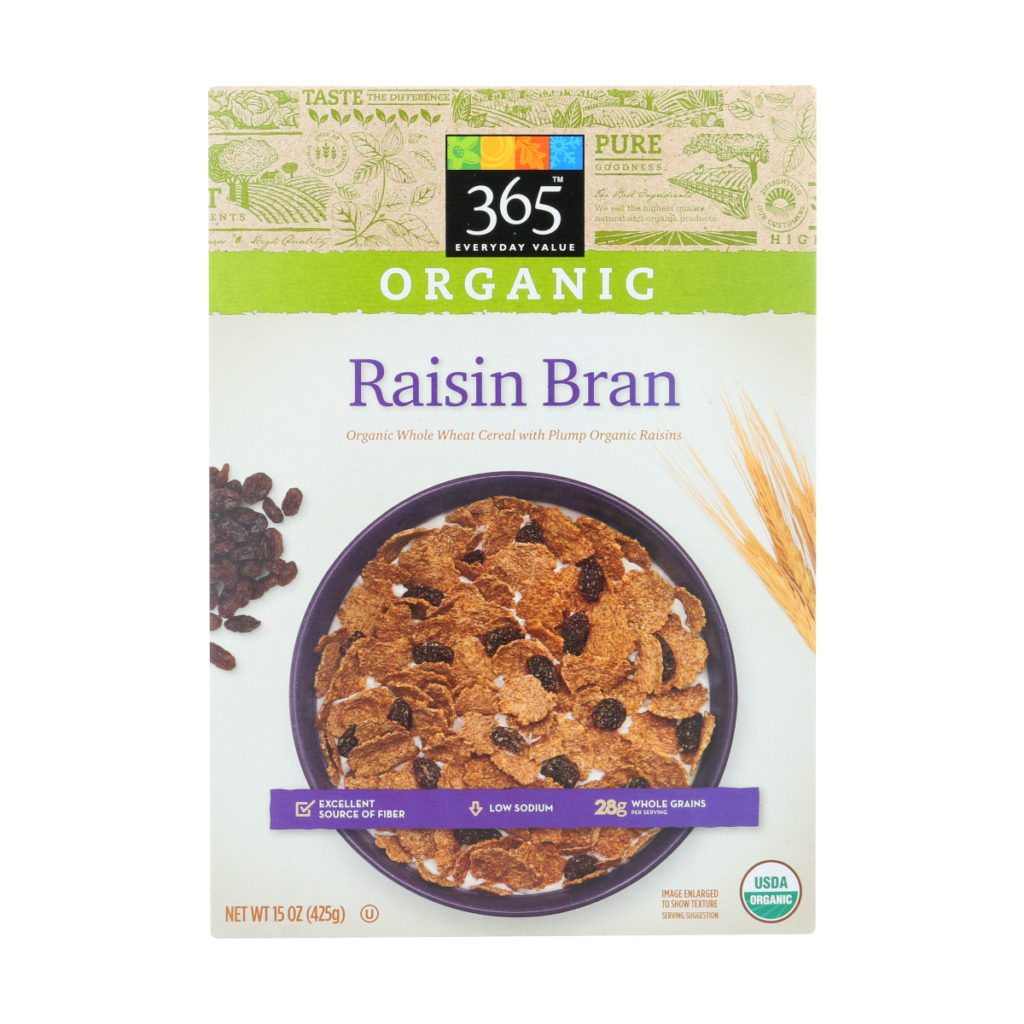
Raisin bran from 365 Everyday Value 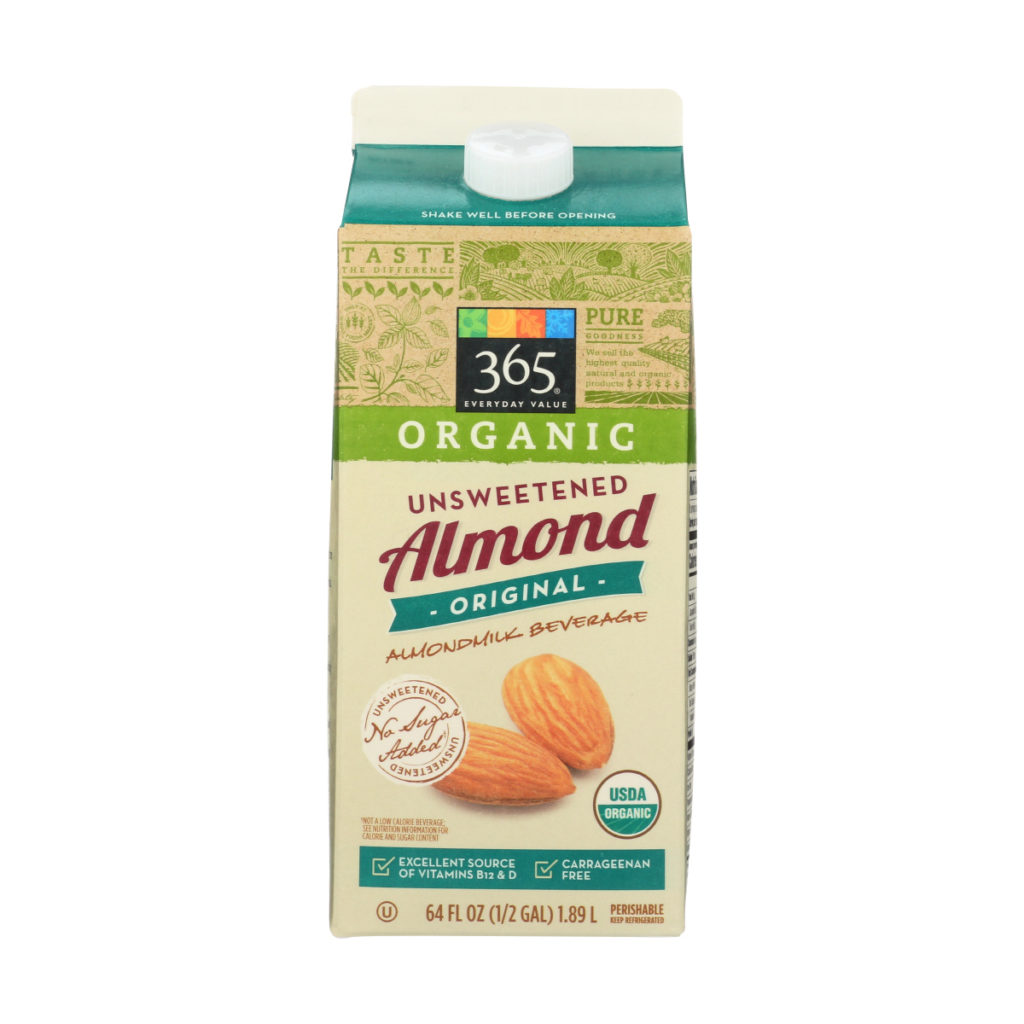
Almond milk from 365 Everyday Value
Whole Foods market, or Whole Foods as we call them, have gone even further. Whole Foods built their brand equity on eco-friendly, organic and fresh credentials. This store is where citizens of the future shopped…or when you wanted to impress your boy/ girlfriend. You were actually willing to pay a bit more, because shopping at Whole Foods assuaged your conscience that you were doing good in this world. Back to the point. Their 365 Everyday Value private-label literally has hundreds of products in it’s line.
Watch this space. Whole Foods is setting the foundation for the next growing retail category; home grocery shopping. Outside manufacturers will soon lose all their power within Whole Foods. If the only products you will be able to order from Whole Foods delivery are 365 Everyday Value products, what brand do you think you’ll choose when you actually go into a Whole Foods store?! Oh by the way, Whole Foods is part of the Jeff Bezos empire.
Amazon

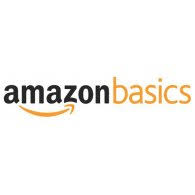
amazonbasics: You need to search for them 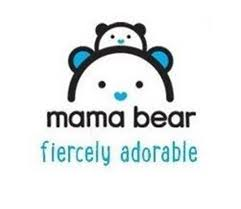
Baby wipes, diapers and vitamins 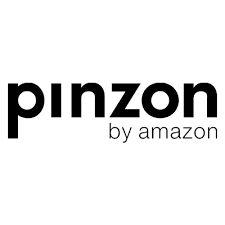
pinzon by amazon: linens and household items
It gets boring to keep using Amazon as a case study, but it’s unavoidable because they are so ubiquitous in the commerce of the future. Let’s not kid ourselves, it’s not Amazon.com, the online marketplace that we should be focused on, but Amazon, the human intuition mapping company! Amazon’s core product is data, information and understanding human behavior patterns. They could go the way of bricks-and-mortar retailers and replicate their biggest selling brands. However, this would alienate them from their leading brand partners, and upon them up to competitors. I believe that is why less than 3% of products on Amazon.com are private-label…for now!
Amazon is however using their data and buying analysis to identify the product categories they wish to compete in, and getting suppliers to create products for them in those categories. These products are then exclusively supplied to and only available on Amazon. The company is selective and careful which categories these are in, but I believe they are simply in the testing phase. Some of their private-label brands include amazonbasics general household items, pinzon by amazon linens and mama bear baby diapers and wipes.
Private-label-proofing your product
Private label is the wave of the future in branding. Yes, we will always have strong, stand-alone traditional style brands. However, those brands must now be more strategic in how their defend their brand equity and position. Some of the things you need to think about in order not to be as vulnerable to private label competition include the following:
- Ensure that your brand has intrinsic added value, that cannot be simply replicated.
- It sounds simple, but give consumers a reason to want to be associated with your brand. This goes beyond the functional attributes of the product.
- Focus on consumer engagement and customer service. Some guidelines for customer service in the digital age can be found at https://bizlifesmarts.com/customer-satisfaction.
- Innovation that leads consumers in a new direction, without alienating them.
- Build a lifestyle brand with traction. There will never be a private label product to compete with Air Jordan shoes and apparel.
- Be a luxury brand.
- Steer clear of the Amazon universe. 😆
Should I have titled this piece, ‘Jeff Bezos’ plan to rule the world?!’ 🤔
For strategic advisory that will leverage uncommon sense and drive your bottom line, get in touch with us on [email protected]
Follow on:

